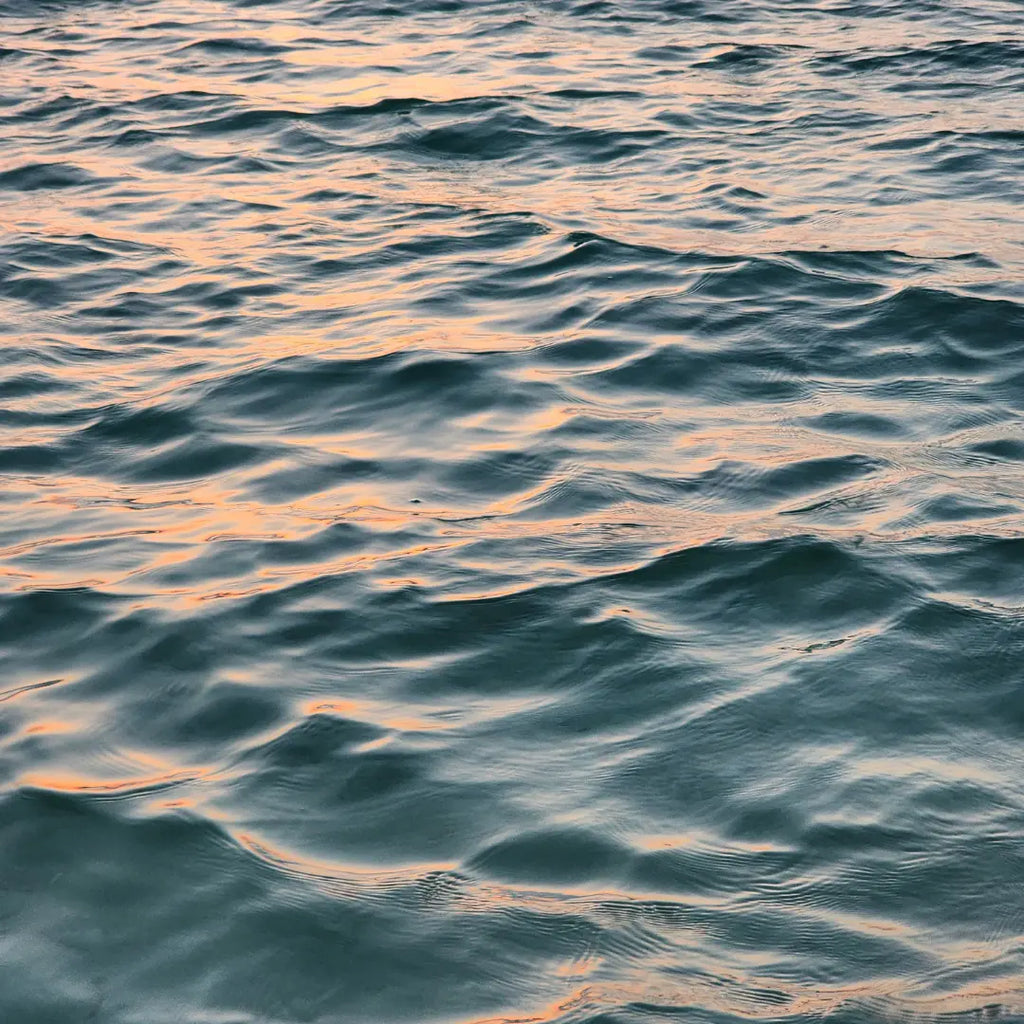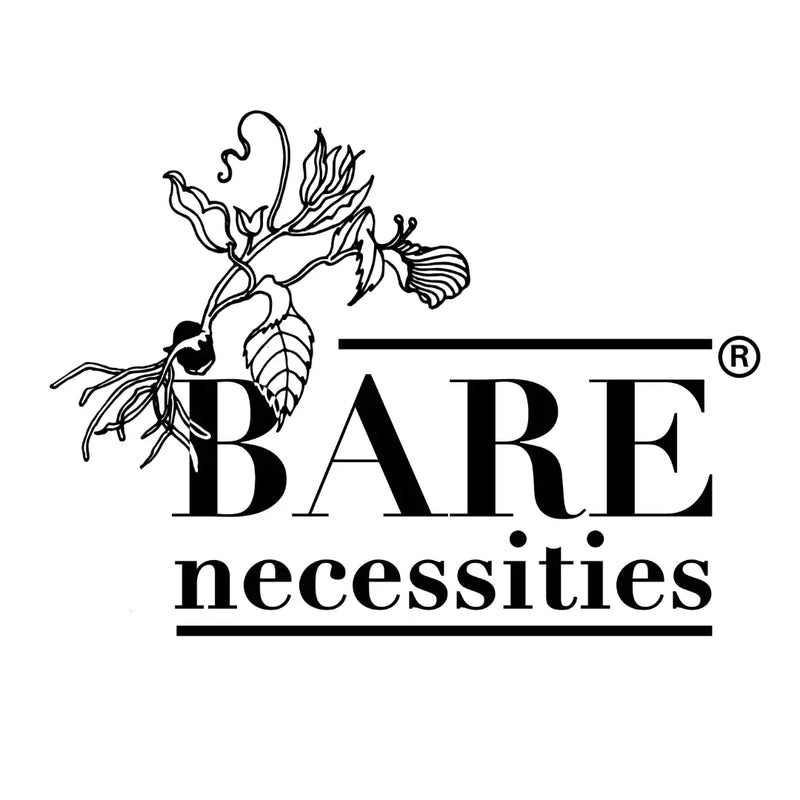Going Waterless this World Water Day

Did you know that March 22nd marks World Water Day?
As we head towards the summer months, fear of water unavailability slowly begins to face us. The months of summer stand as a reminder for how precious water is as a resource and how essential it is for us to save up on it.
We cannot do without water. The global demand for water is on the rise, coupled with pollution and climate change, it is putting a strain on our freshwater supply. Every year, more areas are experiencing water scarcity and this as a result affects millions of people, wildlife and ecosystems.
Conserving water at home
Water is undoubtedly required for agricultural purposes and in different industries. The water usage in these spheres is something that we cannot necessarily do anything about. So instead, let’s shift focus to a facet of life we have control over.
Water usage in our daily routines is often overlooked. Personal care routines, for instance, are super water intensive. Water is a key element in the manufacturing process and is used in the product itself. Liquid heavy personal care and home care products result in bulky products, which are no space efficient and most importantly, are water guzzlers.
This is where some tweaks in the way that we approach personal care can make a big difference.
Waterless everyday products such as soaps, shampoos, home care soaps, dental care products are still relatively new. They haven’t been tapped into by many traditional brands. The waterless innovation is designed to deliver the same effectiveness as their liquid heavy counterparts minus the environmental impact.
Waterless personal care products require far less water to produce. They are essentially concentrates of regular use products and do not contain copious amounts of water to produce. Therefore, the need for water in manufacturing is drastically reduced.
While using traditional liquid based products, a lot of water is consumed during usage. By containing only the concentrates, every bit of the product is used, thereby reducing product wastage. Furthermore, the product itself requires less water for activation.
Water is heavy. What this subsequently means is that transporting liquid heavy products across distances contributes significantly to carbon footprint. Waterless alternatives means there’s less liquid to transport, resulting in reduced transportation emissions.
Waterless formats are packaged in solid bars like forms or powder forms or tablets. All of these formulations require minimum packaging compared to the liquid equivalents. This reduces plastic waste and offers efficient use of retail space.
Ultimately, waterless products result in less waste, reduced plastic pollution and a more efficient supply chain.
At Bare Necessities, we offer a range of waterless personal care and home care products. From lip balms to shampoo bars to conditioner bars to soaps to home care soaps, we’ve got everything to help you reduce your water consumption, minimise your plastic consumption and lower carbon footprints. And of course, while you use it, you’re treating yourself to a high quality, innovative and effective product.
Through our concentrate formats, we’re giving you the actives that you actually need. With just a small amount of the concentrate, you’re making your product last longer, all the while saving water, energy and money!
Most environmental related concerns have some correlation to each other. When using a waterless soap, you are reducing your water consumption. Since it’s packed in compostable paper, you are reducing the plastic waste that would have otherwise landed up in a water body. Through this solution, you are reducing water consumption while also mitigating pollution of water bodies by using cleaner ingredients and zero waste packaging.
This World Water Day, seek to make a tangible change in your everyday routine. Waterless personal care products can help you play your part in reducing water waste and creating a sustainable future.


